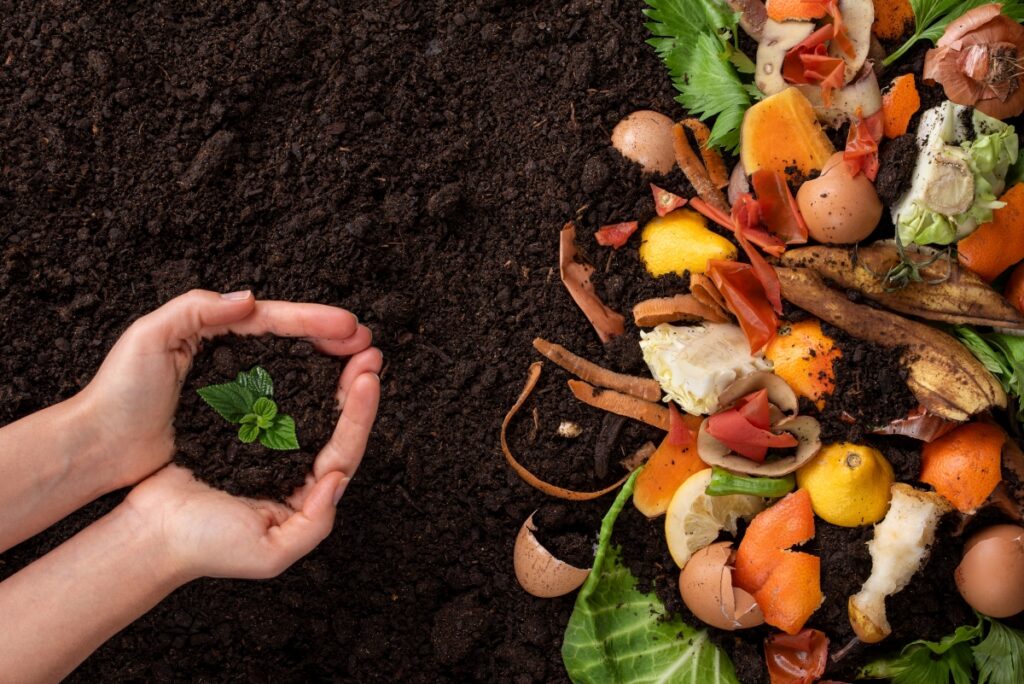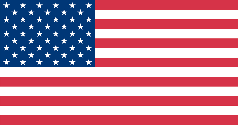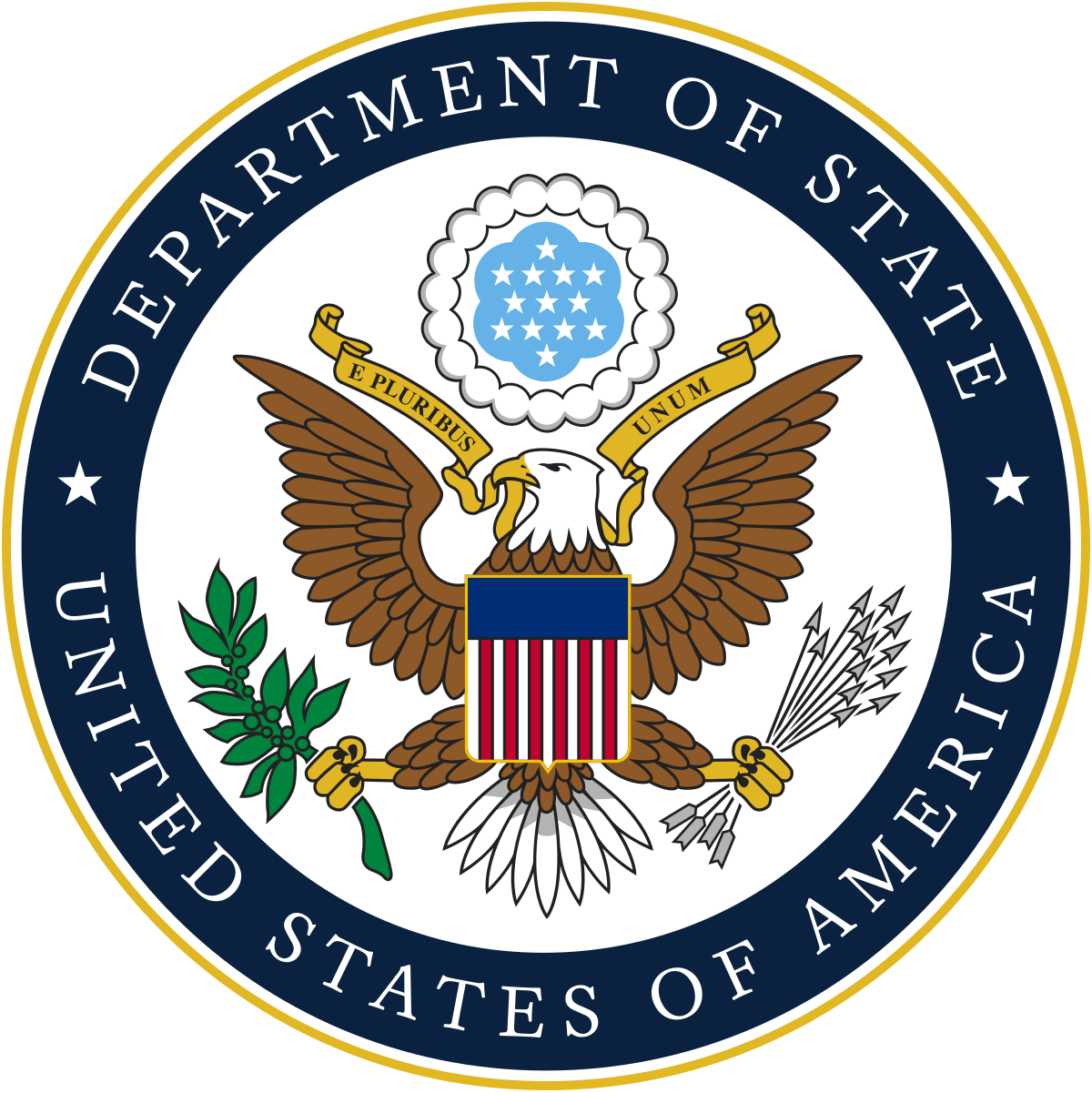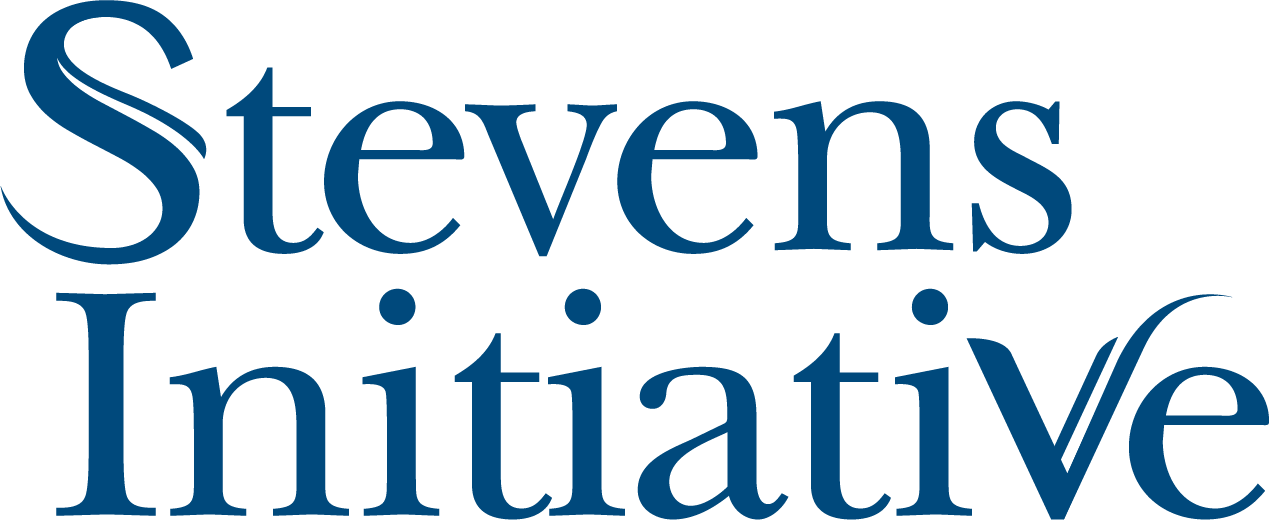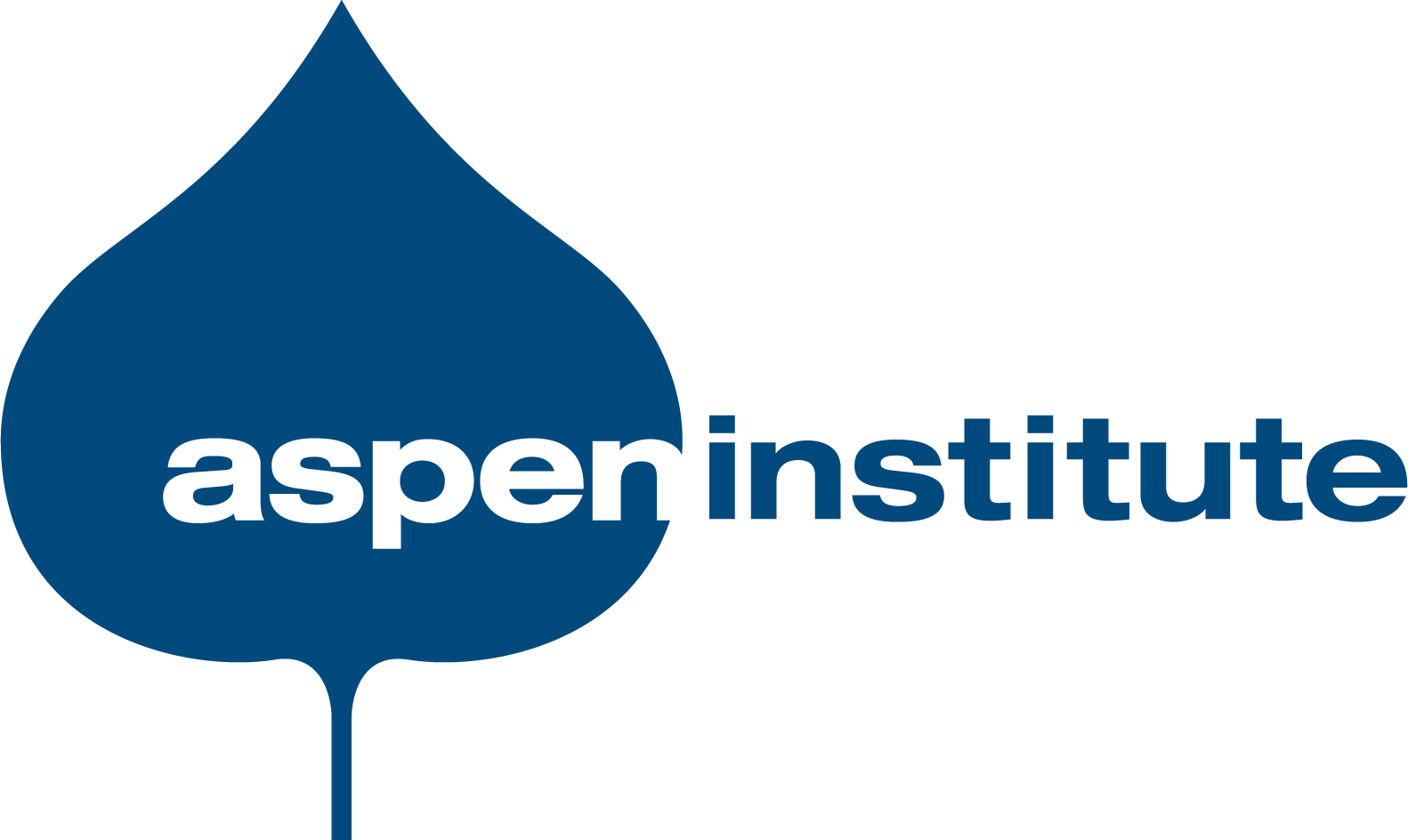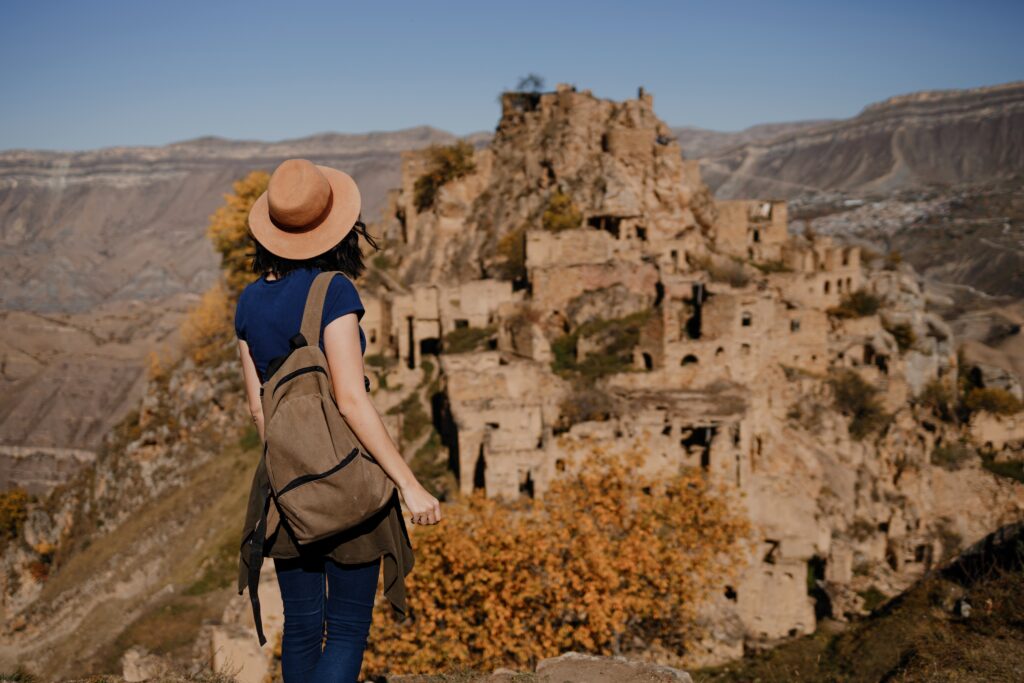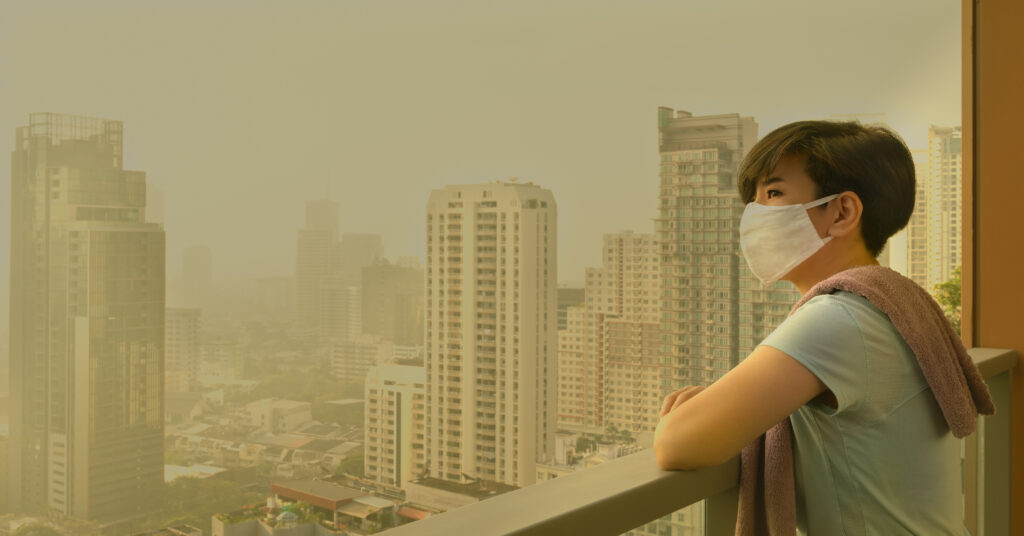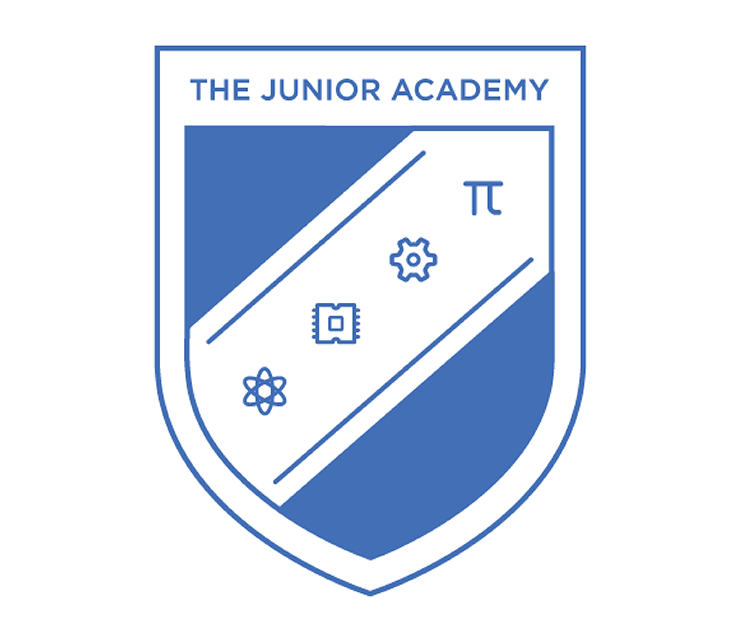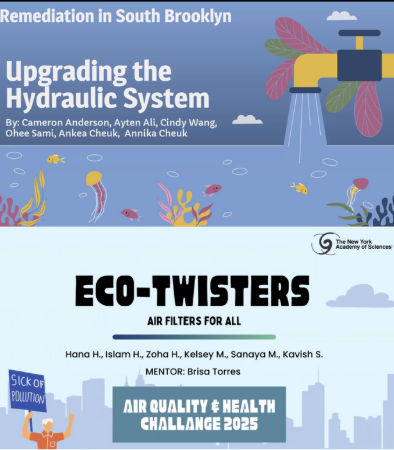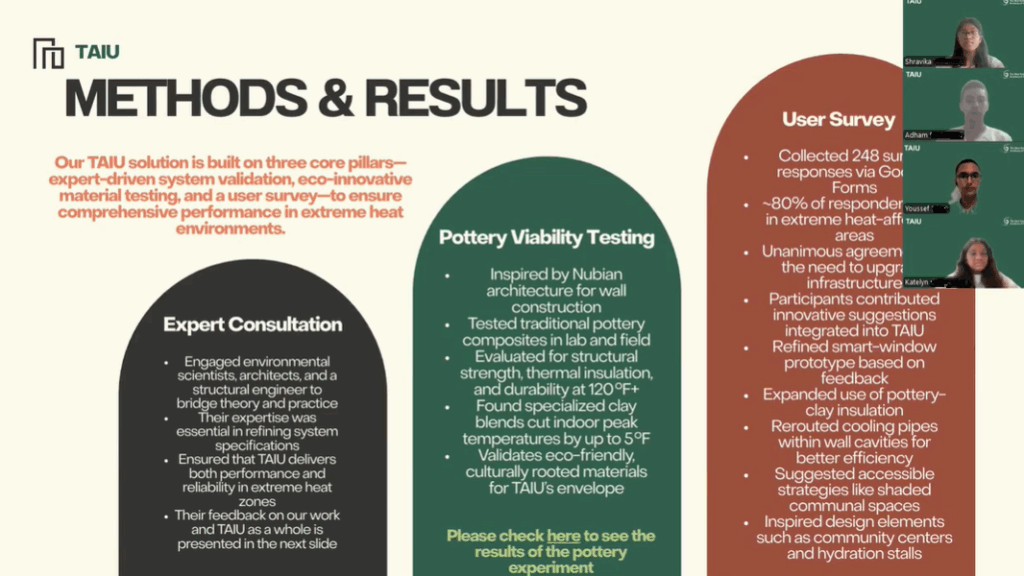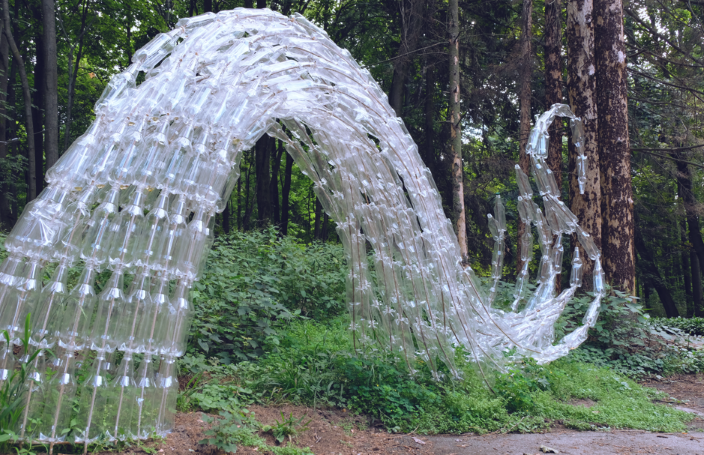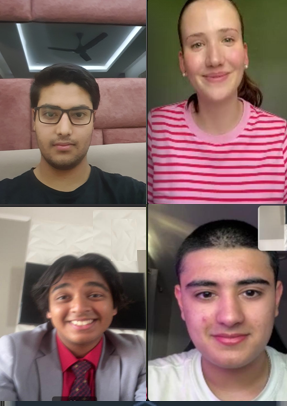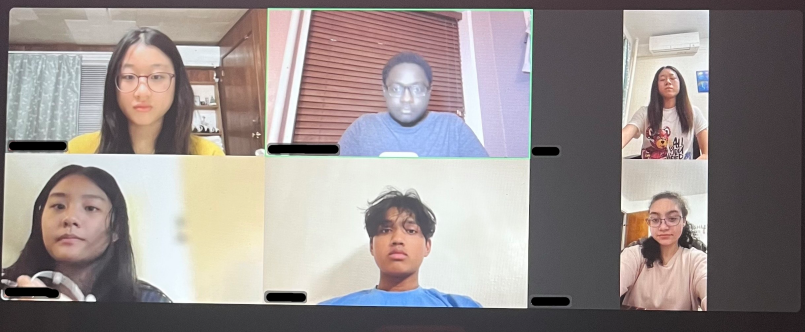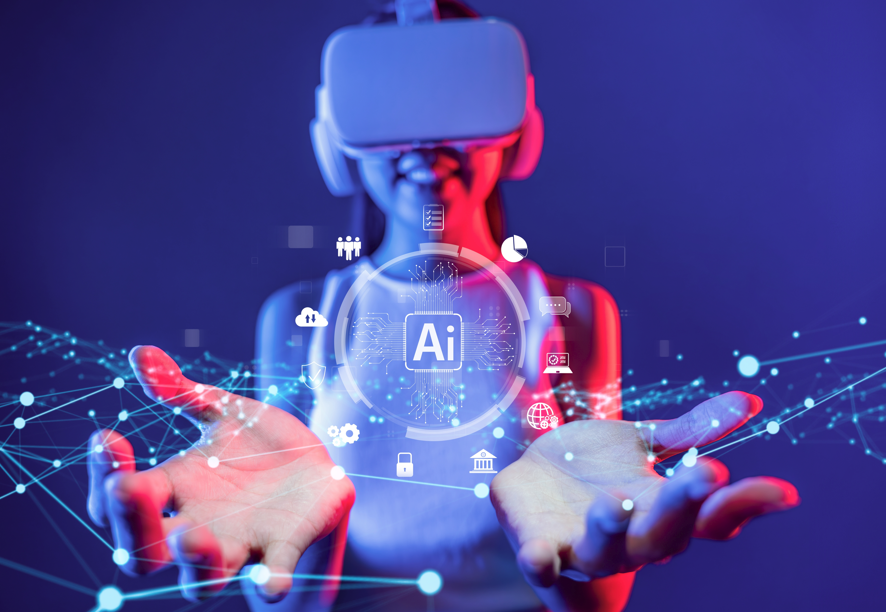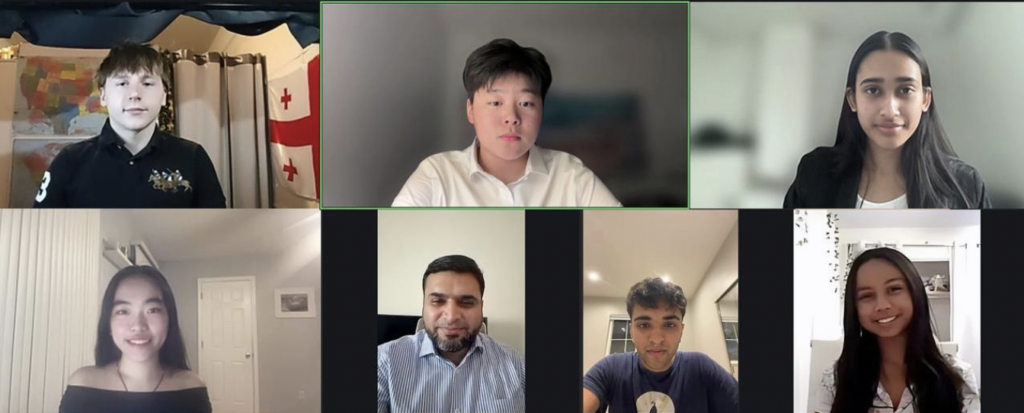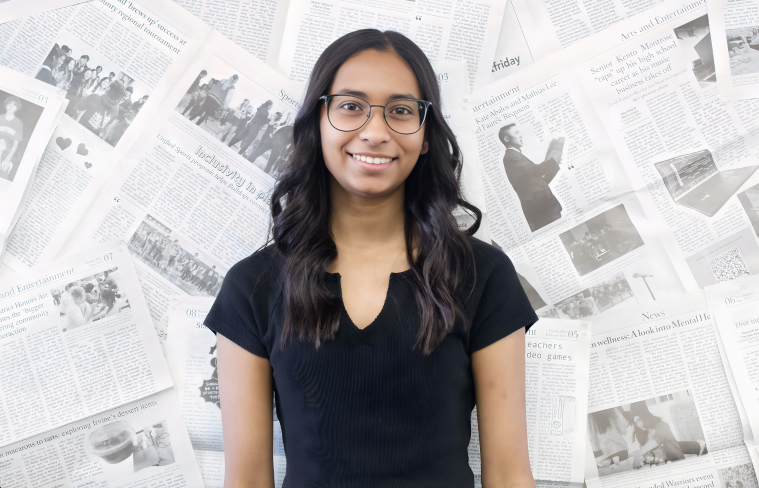Though separated by geography and Zoom screens, the desire to connect and create was on full display during the annual Virtual Student Symposia on Thursday, June 27th, 2025.
Published July 28, 2025
By Jennifer Atkinson
The New York Academy of Sciences honored the hard work and innovation from members of The Junior Academy, totaling 3,372 students across the 2024-2025 Academic Year. The symposia focused on the winning teams’ proposed solutions for this year’s Innovation Challenges.
Comprised of students from across the world ages 13-17, The Junior Academy provides the opportunity to collaborate with their peers and think deeply about challenges that affect everyday life — regardless of where one lives. Teams select an Academy-trained global JA scientist mentor to guide their work as students worked across time zones to collect data, conduct surveys, and dive into research. Students follow the initiative to frame global solutions that also consider participants’ personal experience and perspectives. This program not only fosters diversity through connecting young people from different countries and cultural backgrounds but also allows students to really think outside the box when it comes to tackling these challenges that impact their communities.
“We ask the questions, but students create the answers,” said Kaitlin Green, Senior Program Manager for Education. “There are no limits on how creative students can be. They are not afraid to present their biggest ideas.”
Student projects were judged on their overall presentation abilities, scientific quality, innovation and design thinking, sustainability, potential, and collaboration. The research that the teams conducted was completely original. Out of hundreds of projects submitted, one team per innovation challenge was declared a winner.
The Winning Ideas:
The winning teams worked with a communication coach to craft their challenge solution presentations, honing another significant aspect of the scientific process: communicating their science and their final presentations effectively. The end results were a five-minute final presentation that included their original research, creative visuals, and collected data to illustrate their ideas.
Fall 2024 Innovation Challenges:
Team: The Last Strand
For the Upcycling and Waste Management challenge, students were asked to design a comprehensive solution to waste management at a scale that makes a measurable impact. The four-person team of The Last Strand, comprised of students from India, Sweden, and the United States, developed a process for breaking down extraneous hair and chicken feathers from salons and farms to develop amino acid supplements. They intend to use these for athletes, body builders, or people suffering from health issues such as liver or kidney disease. This solution not only proposes a way to reduce the landfill waste from hair and feathers but also uses sustainability practices to preserve human health.
Team: Reducing BIAS in AI models: fAIrify
The Innovation Challenge Ethical AI, tasked students to develop a technical solution to address one specific issue that AI poses. The fAIrify team, comprised of six students from the United States and Kuwait, proposed creating a customizable add-on that can be embedded into an online spreadsheet application. The intent of this add-on is to use it as an analytical tool to root out bias in training data for predictive AI models. It contains four aspects to analyze data: statistical analysis, reporting, flexible options for quantitative and qualitative data, and hierarchical data dissection. The team’s solution brings to the table a key implementation in any sector where AI is used in making decisions, for example, the hiring process, to avoid bias or discrimination.
Team: Upgrading the Hydraulic System
The Remediation in South Brooklyn challenge brought the focus locally, challenging students to design solutions that remediate the building of offshore wind renewable energy infrastructure in New York City, focusing on land and water preparation. The six-student team, comprised of students from the New York City metropolitan area, came up with an idea for upgrading the hydraulic system infrastructure in the South Brooklyn Marine Terminal for efficient storm water management. Their design, a dual-hydraulic separator system, consisted of two separator units and a sensor-controlled gate that detects water flow and operates in accordance with high water pressure. This solution would help prevent problems such as sewer overflows, flooding, and debris in the current water system.
Spring 2025 Innovation Challenges:
Team: Living in Extreme Heat (TAIU)
The Innovation Challenge, Living in the Extremes asked students to propose a comprehensive solution to sustain life in one “extreme environment.” The winning team for this challenge, comprised of five students from the United States, India, and Egypt, presented a solution for a “climate-ready community housing model” for extreme heat environments called TAIU (Technology, Architecture, Infrastructure, Urbanization). Individual TAIU houses are built with materials or mechanisms that actively resist heat and encourage cooling, notably the design of seven-layer walls and naturally ventilated interiors. Their solution also includes a center to provide goods and services to the community, as well as an app to control settings in individual homes.
Team: Eco-twisters
In the Air-Quality and Health Innovation Challenge, students were asked to design a technical solution to address a key source of pollution. Team Eco-twisters, comprised of 6 students from the United States, Egypt, and Saudi Arabia, presented the idea of using a carbon-based air filter to combat the effects of VOCS (Volatile Organic Compounds) – gases that are commonly emitted from human-made products and cause harm to human health. Their solution primarily seeks to aid women, children, and kitchen workers, who are exposed at a higher rate to VOCs.
Each winning team presentation was followed by a Q&A session, which allowed both fellow students and program facilitators to ask teams to elaborate on their projects. Winning teams received an educational prize package.
Distinguished guest speakers joined in celebrating student achievements by sharing insightful and encouraging remarks at the symposia, including:
- Christina Symons, Ph.D.
Strategic Partnerships and Communications, Lyda Hill Philanthropies’ IF/THEN® Initiative
- Carol O’Donnell, Ed. D.
Douglas M. Lapp and Anne B. Keiser Director, Smithsonian Science Education Center
- Elizabeth McMullen
Public Relations Program Manager, Organic Valley
- Maggie Johnson, Ph.D.
Assistant Professor of Marine Science at King Abdullah University of Science and Technology (KAUST)
Heading into Fall 2025:
The Junior Academy community is already excited for the Fall 2025 suite of Innovation Challenges that will begin in September. The Education Department and the Virtual Programs team are committed to another year of encouraging students to be diverse and creative problem-solvers.
“The Junior Academy is such an innovative place where students can come together from across the globe and engage with their peers. When you approach a problem or an obstacle with people who are different from you, you realize you have more commonalities than differences,” Green continued. “The issues you are facing locally might be similar to those who are halfway across the world.”
Though the 2024-2025 year has come to an end, the new academic year will bring more opportunities for students to dive in firsthand and learn how working together leads to incredible outcomes.
Learn more about Learning opportunities at the Academy.
